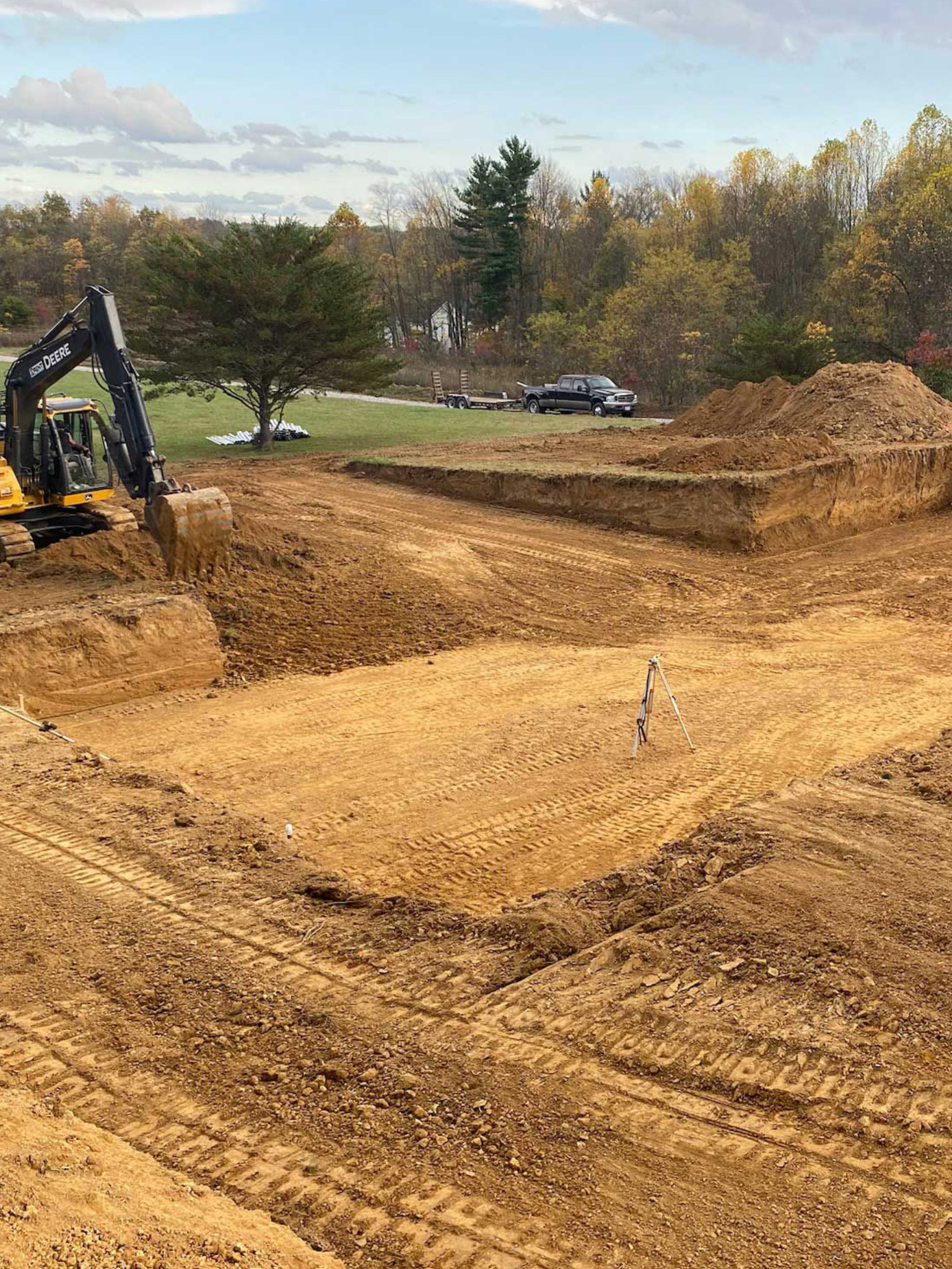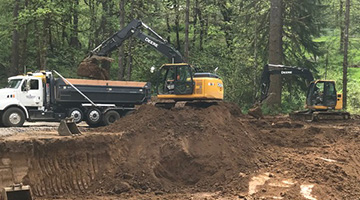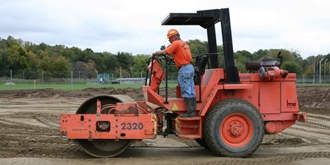Business Lancaster Trenching - Trenching Providers for Organizations in Lancaster
Business Lancaster Trenching - Trenching Providers for Organizations in Lancaster
Blog Article
Unveiling the Art of Excavation: Pro Tips for Safe and Efficient Excavating
In the world of excavation, the proficiency of risk-free and efficient digging is an art kind that calls for understanding, adherence, and precision to recognized techniques. As dirt is turned and planet is moved, the ins and outs of excavation expose themselves, demanding a keen understanding of tools, dirt structure, security protocols, and ecological considerations. The know-how needed to browse these aspects successfully can suggest the difference in between an effective excavation job and a possible disaster. By unwinding the layers of this detailed procedure, a world of understandings and strategies waits for those seeking to raise their excavation abilities to new heights.
Value of Proper Tools
To make certain the safety and effectiveness of any kind of excavation task, using the ideal equipment is critical. Excavation projects vary in range and intricacy, varying from tiny property landscape design tasks to massive building endeavors.
Excavators are essential items of equipment in any type of excavating operation. These functional devices can be found in numerous dimensions to match different project needs. Mini excavators are optimal for smaller tasks, while larger excavators deal with much more considerable jobs successfully. Backhoes are one more crucial equipment kind, incorporating the features of a loader and an excavator in one maker. They are useful for jobs requiring adaptability and maneuverability.
Bulldozers stand out in jobs that require pressing big quantities of soil or particles. By spending in the suitable devices, excavation projects can be completed securely, on time, and with accuracy.
Comprehending Dirt Composition
A detailed grasp of soil structure is basic for executing excavation projects with accuracy and safety and security. Recognizing the various kinds of soil is important as it straight impacts excavation techniques, equipment choice, and total project efficiency. Soil composition commonly consists of 4 main elements: sand, silt, clay, and raw material. Each part has one-of-a-kind properties that influence how dirt responds to excavation processes.
Sand bits are the largest and offer great water drainage however supply little cohesion. Silt bits are smaller than sand but bigger than clay, supplying modest drainage and communication. Clay bits are the smallest and supply high cohesion however inadequate water drainage. Raw material, such as decomposing plant product, impacts soil fertility and stability.
Prior to beginning excavation, conducting soil tests to establish its structure and qualities is important. This information assists in choosing the ideal devices, executing safety actions, and establishing excavation methods tailored to the certain soil problems - lancaster excavation. By recognizing soil composition, excavation experts can boost job end results while guaranteeing safety and adherence to best practices
Precaution and Procedures
Recognizing dirt structure is the keystone upon which precaution and protocols for excavation projects are developed, guaranteeing the well-being of workers and the success of the undertaking. There are numerous key steps that need to be executed to reduce risks and prevent accidents. when it comes to security throughout excavation.
First and foremost, before any type of excavating begins, a detailed evaluation of the site ought to be conducted to determine any kind of potential dangers such as below ground energies, unstable soil conditions, or close-by structures that might pose a danger. It is important to have a competent person supervise the excavation process to guarantee that all security procedures are complied with purely.
In addition, all workers entailed in the excavation needs to be properly trained in risk-free excavating methods and the correct operation of devices. By adhering to these safety procedures and protocols, excavation jobs can be finished successfully and without event.
Effective Excavation Preparation
When embarking on an excavation project, meticulous preparation is vital to guarantee effectiveness, security, and effective end results. Efficient excavation planning entails several crucial actions that are important for the smooth implementation of the project.
When the website analysis is total, the next step is to develop a clear timeline and schedule for the excavation tasks. This consists of figuring out the series of jobs, equipment demands, and manpower allowance. Correct organizing assists prevent delays and guarantees that the job remains on track.

In addition, interaction amongst all employee is critical during pop over to this site the planning stage. Clear regulations, routine updates, and reliable coordination are essential for a successful excavation project. By spending time and effort in thorough preparation, excavation groups can dramatically improve productivity, reduce risks, and achieve effective end results.

Taking Care Of Ecological Factors To Consider
With increasing focus on environmental sustainability in building practices, taking care of environmental factors to consider has become a crucial aspect of excavation tasks. Excavation activities have read the possible to affect the surrounding setting with soil erosion, debris runoff, environment disturbance, and contamination of water resources. To alleviate these risks, it is necessary to apply finest techniques that focus on environmental management.

Additionally, proper waste administration is essential to avoid dirt and water contamination. Implementing treatments for the disposal of unsafe products, recycling of waste materials, and minimizing using hazardous chemicals can significantly minimize the ecological effect of excavation jobs. By incorporating these methods right into excavation preparation and execution, building companies can ensure that their jobs are not only risk-free and productive however additionally environmentally liable.
Conclusion
To conclude, grasping the art of excavation requires a detailed understanding of correct tools, soil structure, security actions, and efficient planning. By following these standards and thinking about ecological elements, excavations can be conducted securely and efficiently. It is crucial to focus on safety and efficiency in every excavating project to make certain effective results.
As dirt is turned and earth is moved, the details of excavation disclose themselves, requiring a keen understanding that site of tools, soil make-up, safety procedures, and ecological considerations.To make certain the security and performance of any excavation job, making use of the appropriate equipment is paramount.A thorough grasp of soil structure is essential for implementing excavation tasks with precision and safety and security. Understanding the different types of dirt is crucial as it directly impacts excavation approaches, tools selection, and general project performance. By recognizing dirt structure, excavation professionals can improve task end results while ensuring safety and security and adherence to ideal techniques.
Report this page